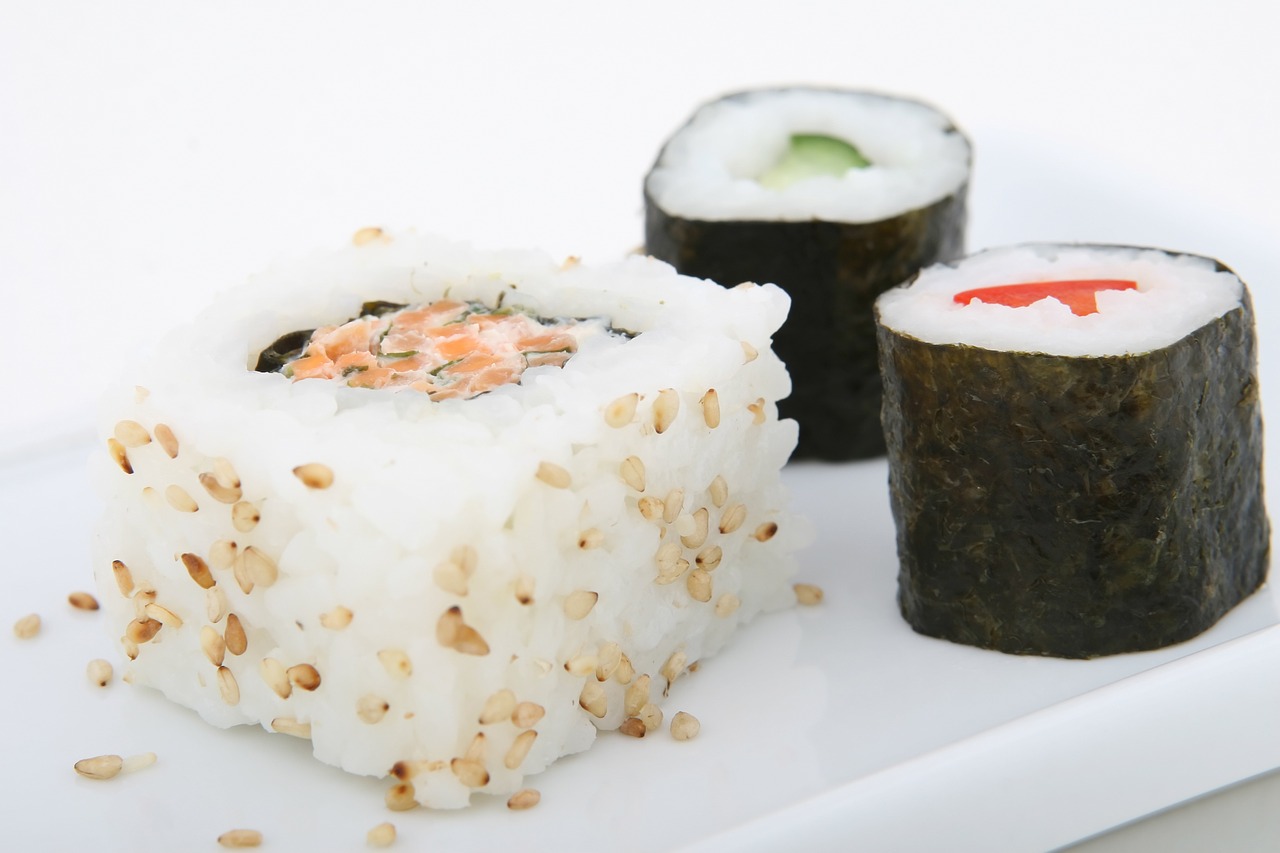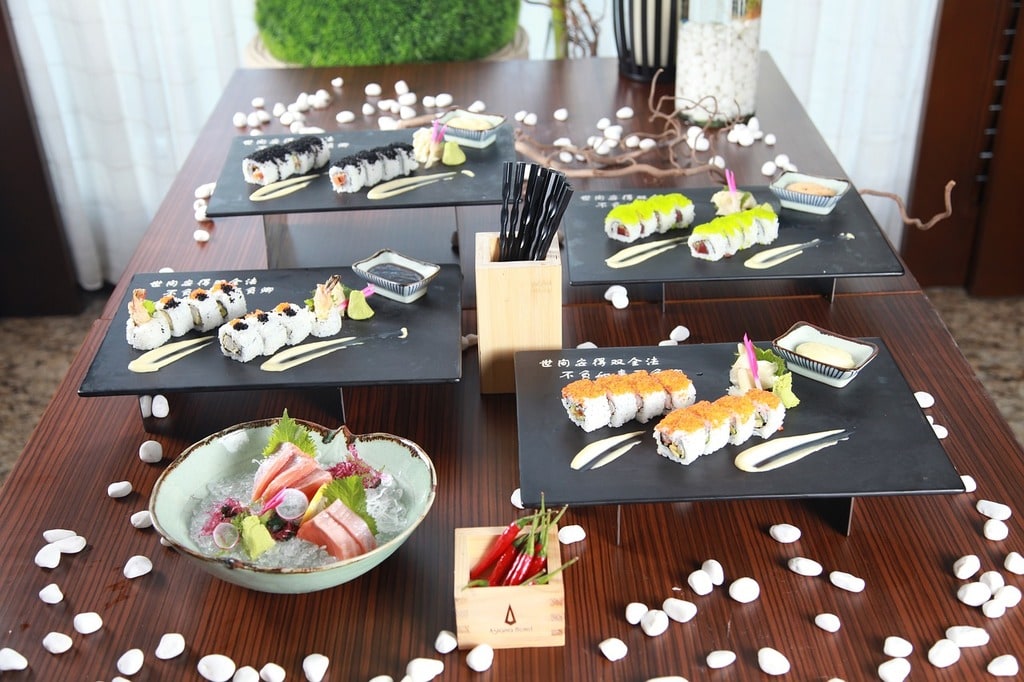Delving into the world’s culinary traditions reveals a rich tapestry of culture, history, and unique flavors. Each region offers a distinctive gastronomic experience, shaped by its environment, history, and people. From the vibrant street food of Asia to the hearty, home-cooked meals of Europe, food serves as a universal language that connects people across the globe.
Understanding Global Culinary Traditions
Exploring culinary traditions around the world means uncovering the stories and customs that make each cuisine unique. In Asia, for instance, the art of street food is both a daily convenience and a treasured cultural heritage. Vendors in bustling markets offer everything from steaming bowls of pho in Vietnam to spicy samosas in India, each bite providing a taste of the local culture.
Moving westward, the Middle Eastern and Mediterranean regions boast a rich history of communal eating. Meals here are often a social affair, with dishes like mezze, which includes an array of small plates meant for sharing. This tradition highlights the importance of community and hospitality, values deeply embedded in these cultures.
In contrast, European cuisines are often characterized by their emphasis on regional ingredients and traditional cooking methods. Whether it’s the slow-cooked stews of France, the fresh pasta of Italy, or the hearty sausages of Germany, European dishes reflect a deep connection to the land and its produce.

The Significance of Ingredients
The ingredients used in traditional cuisines are often a reflection of the local geography and climate. For example, the abundant use of seafood in Japanese cuisine is a testament to the country’s island geography. Fresh fish is prepared in myriad ways, from sashimi to sushi, emphasizing simplicity and the natural flavors of the ingredients.
In contrast, the spices of Indian cuisine tell a story of trade and history. India’s position along ancient trade routes brought a wealth of spices to the region, which are now integral to its food culture. Each spice blend, or masala, is crafted with precision, creating layers of flavor that define Indian dishes.
Similarly, the olive oil and fresh vegetables central to Mediterranean diets not only highlight the region’s agricultural wealth but also its emphasis on health and simplicity. These ingredients form the foundation of dishes that are both flavorful and nourishing.
Cultural Rituals and Dining Etiquette
Dining etiquette and rituals vary widely across cultures, adding another layer to the culinary experience. In Japan, the practice of sharing small plates and the ritual of tea ceremonies reflect a culture of respect and mindfulness. Each gesture and movement is deliberate, enhancing the dining experience and fostering a sense of harmony.
In the Middle East, the tradition of communal eating is exemplified in the use of large platters from which everyone eats. This practice not only strengthens bonds but also demonstrates the values of generosity and hospitality. Similarly, in many African cultures, meals are often eaten with hands, emphasizing a direct connection with the food and a communal sharing experience.
In European countries like France and Italy, meals are often leisurely affairs, designed to be savored over several hours. This approach to dining underscores the value placed on food as a central aspect of life and culture. Meals are an opportunity to connect with family and friends, creating a sense of belonging and continuity.
Unique Culinary Experiences to Try
When traveling, experiencing local food is essential. Here are some unique culinary experiences to consider:
- Street Food Tours: dive into the local food scene by exploring street markets and food stalls. This is a great way to try a variety of dishes and get a sense of the local flavors.
- Cooking Classes: learn to cook traditional dishes from local chefs. This hands-on experience provides insight into cooking techniques and ingredient uses.
- Farm-to-Table Dining: visit local farms and enjoy meals prepared with fresh, locally sourced ingredients. This experience highlights the connection between the land and the food on your plate.
- Food Festivals: attend local food festivals to sample a wide range of dishes and celebrate culinary traditions with the local community.
- Home-Cooked Meals: if possible, enjoy a meal with a local family. This offers a genuine taste of home-cooked dishes and an opportunity to learn about family recipes and traditions.
The Evolution of Culinary Traditions
Culinary traditions are not static; they evolve with time, influenced by migration, trade, and globalization. For instance, the introduction of new ingredients through trade routes has historically led to the creation of new dishes and fusion cuisines. Today, globalization continues to influence food cultures, bringing about a blend of traditional and modern culinary practices.
In many parts of the world, traditional recipes are being adapted to incorporate modern techniques and ingredients. This fusion creates exciting new flavors while preserving the essence of the original dishes. Additionally, the rise of health consciousness has led to modifications in traditional recipes to cater to contemporary dietary preferences, such as gluten-free or plant-based versions of classic dishes.
The Joy of Culinary Exploration
Exploring culinary traditions around the world is a journey that delights the senses and enriches the understanding of different cultures. Each dish tells a story, reflecting the history, environment, and values of the people who create it. Whether savoring street food in Bangkok, enjoying a communal meal in Beirut, or indulging in a leisurely dinner in Paris, the culinary traditions of the world offer endless opportunities for discovery and connection.
In embracing these diverse food cultures, one not only enjoys a myriad of flavors but also gains a deeper appreciation for the rich tapestry of human experience. The joy of culinary exploration lies in this blend of taste and understanding, making each meal an adventure in its own right.
